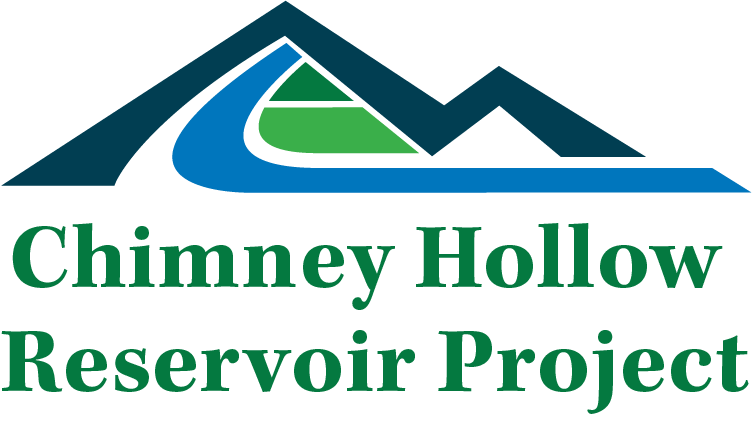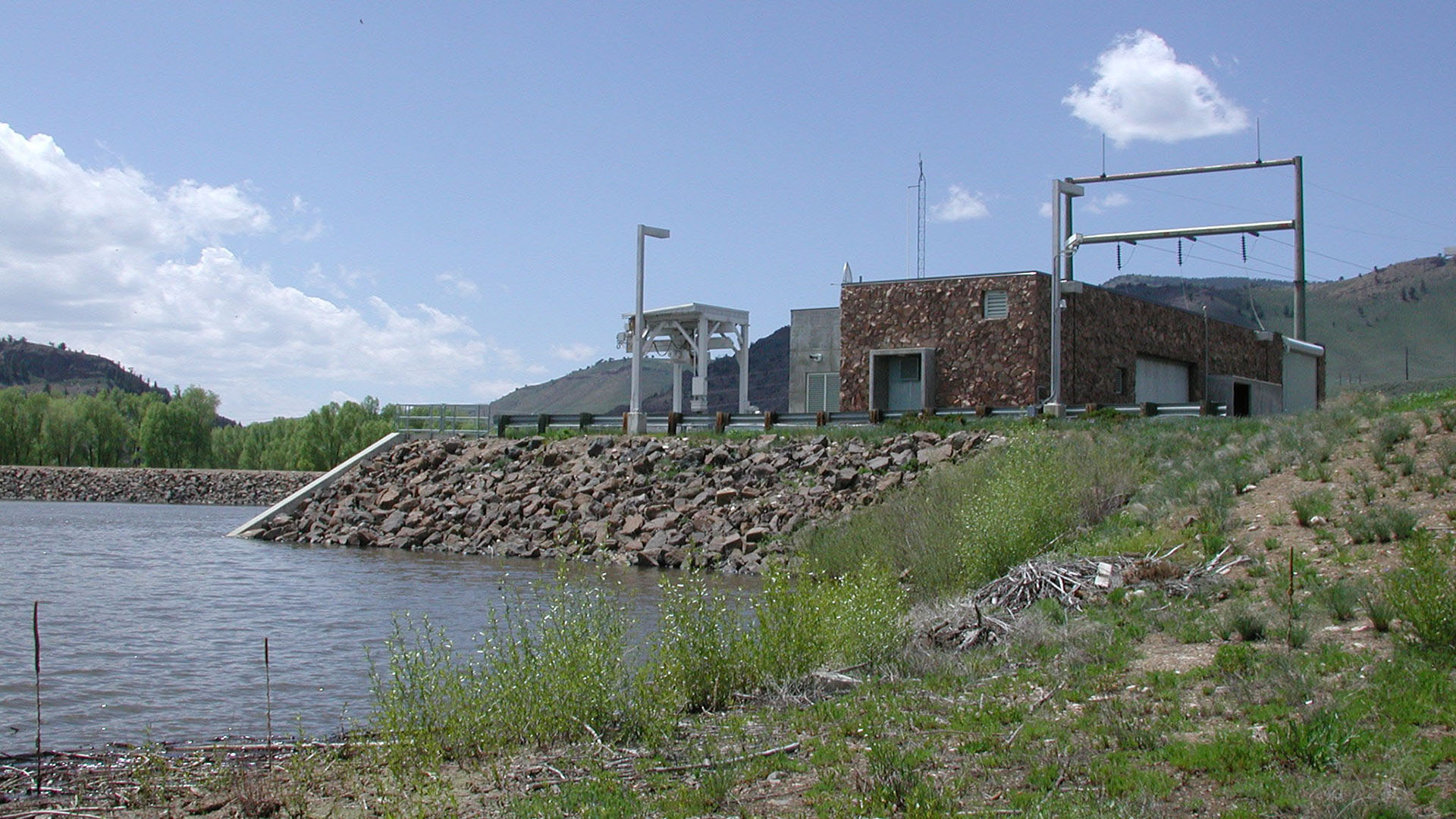Water for Chimney Hollow comes from the West Slope’s Windy Gap Project, which harnesses Colorado River flows during a short springtime window and pumps the water to Lake Granby. From there, water is conveyed through the Colorado-Big Thompson (C-BT) Project to a point just below Pinewood Reservoir, where a valve on the penstocks redirects it to the valve house at Chimney Hollow Reservoir. Using the power of gravity, the water is pushed into Chimney Hollow via a pipeline through a tunnel beneath the cliffs on the east side of the reservoir, where it emerges from an inlet-outlet tower at the reservoir’s deepest spot. The tower will be submerged during almost all reservoir operations.
When the participants in the Chimney Hollow Reservoir Project need water from the reservoir, they will place an order that will be filled with water from the reservoir through the valve house to either Carter Lake or Flatiron Reservoir, where C-BT Project infrastructure will deliver it the rest of the way. There will also be times when their water deliveries will come directly from the West Slope without the need to use reservoir water.
This year, under an agreement with the Bureau of Reclamation, some C-BT Project water will be placed in Chimney Hollow Reservoir to aid with dam safety testing. That water will be repaid with future pumping from the Windy Gap Project but will ensure orderly testing of the reservoir as it enters full service. Managers do not anticipate releasing water to project participants until after the reservoir reaches its capacity for the first time, which could be in 2026 or 2027.

